Why March Means Aurat March
For me, there’s no better place to celebrate International Women’s Day than Lahore, Pakistan. And not because Lahore is the best place to be as a woman, not even close.
It’s mostly because of Aurat March, celebrated on the streets of Pakistan every March 8th – the international women’s day protest taken as our very own with our spin on dances, chants and music.
The first year I attended was in 2019, a pre-covid era, and I remember I was overwhelmed with emotion as my friend and I got to the main street. We had our signs held in our hands, downturned, for fear of being seen by the general public. That year, the hatred that spread over social media from the masses was fierce, and we were told to be careful when out. However, as soon as we saw the end of the march, running to join in the throng of women (and men) that walked through the cordoned off area, I felt something I don’t think I had felt before on the streets of Lahore.
I felt like I belonged.
We unfurled our posters, held them up, joined in with the chants (“Azadi…hum le ke rahenge…azadi”). These were roads I had never walked on in Lahore, I had never seen this close up. For me, Lahore had always been the backdrop to a passing car, a restaurant, a house. Not this - raw, up-close, zoomed in. Because the roads were blocked off, I could appreciate the wall murals, the buildings, the shade of the trees – normal things I should be able to appreciate about my city but had never gotten the chance to. And best of all, I was amongst people who had the same ideologies as me. In a country where the majority seems to think one way, here I was with a crowd of people who didn’t blame victims, who pushed for freedom across class and gender, who made me feel safe and heard. In the background, someone had brought a dholak. We were finally celebrating love, life and happiness in a context other than weddings. Songs played on speakers. Girls stopped to dance and clap. People cheered as they brandished their creative posters and signs. Babies, old men, workers, and people in wheelchairs – the crowd was diverse and the energy was electric. When we got to the end of the march, we watched well-thought out performances of both song and dance, along with emotional speeches.
Looking around, I realized that while all of us there were there for a bigger purpose, for widespread impact, everyone had a personal story and a cause they most connected to. I was there for my younger self - if time travel is real, it’s this moment I’d take back to show her: you were never alone.
Closing off with my favorite protest song, which gives me goosebumps year after year:
Hum Dekhenge, Hum Dekhenge,
We will see. We will see.
Lazim Hai Ke Hum Bhi Dekhenge,
It is inevitable (that) we too shall see.
Hum Dekhenge, Hum Dekhenge,
We will see. We will see.
Wo Din Ke Jis Ka Vaada Hai,
The day that has been promised.
Jo Lauh-E-Azal Mein Likha Hai, Hum Dekhenge
That is written in the book of destiny. We will see.
Hum Bhi Dekhenge, Hum Bhi Dekhenge
We, too, shall see. We also shall see.
Jab Zulm-O-Sitam Ke Koh-E-Garan
When the mountains of oppression and cruelty.
Rooyi Ki Tarah Ud Jayenge, Hum Dekhenge
Will float away like carded wool. We will see.
